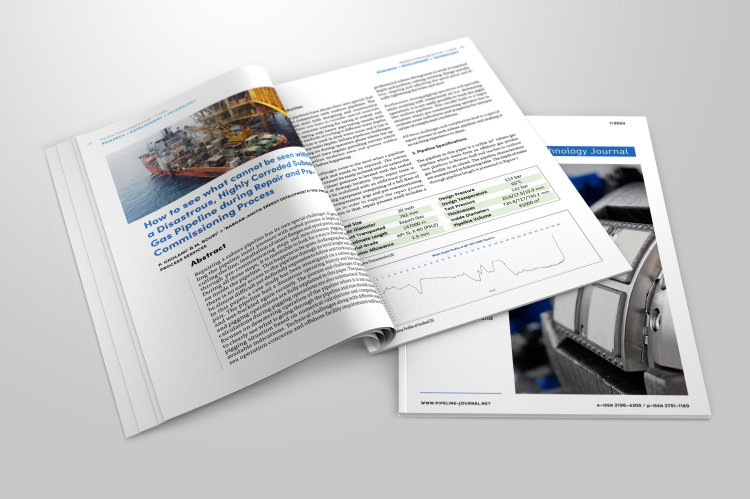How to see what cannot be seen within a Disastrous, Highly Corroded Subsea Gas Pipeline during Repair and Pre- Commissioning Process

Repairing a subsea pipeline has its own special challenges. It goes from levelling the pipeline inner pressure with seabed pressure at depth of damage, to cutting the line, installation of smart flanges and spool pieces, and finally going through pre-commissioning steps and miscellaneous pigging operations. During all these steps, it is inevitable to look for a way to find out what is going on inside the pipeline. This happens to be quite challenging due to the fact that there is no easy access to the pipeline through its total length and also it would be almost difficult yet definitely expensive to follow and track each train of pigs. In this paper, a case study has been investigated on a subsea gas pipeline repair. The pipeline had a disastrous operating history and has been damaged and wet-buckled again recently. The process and challenges of pipeline repair and pigging operations are fully explained in this paper. The practical data and calculations during pigging operations are also summarized. Finally, the paper focuses on dewatering operation of the pipeline where it is not easily possible to clearly see what is going through the pipeline and one should investigate the pigging situation based on numerical calculations and comparing them with available indications. Technical challenges along with different aspects of subsea operation concerns and offshore facility requirements will be discussed.
